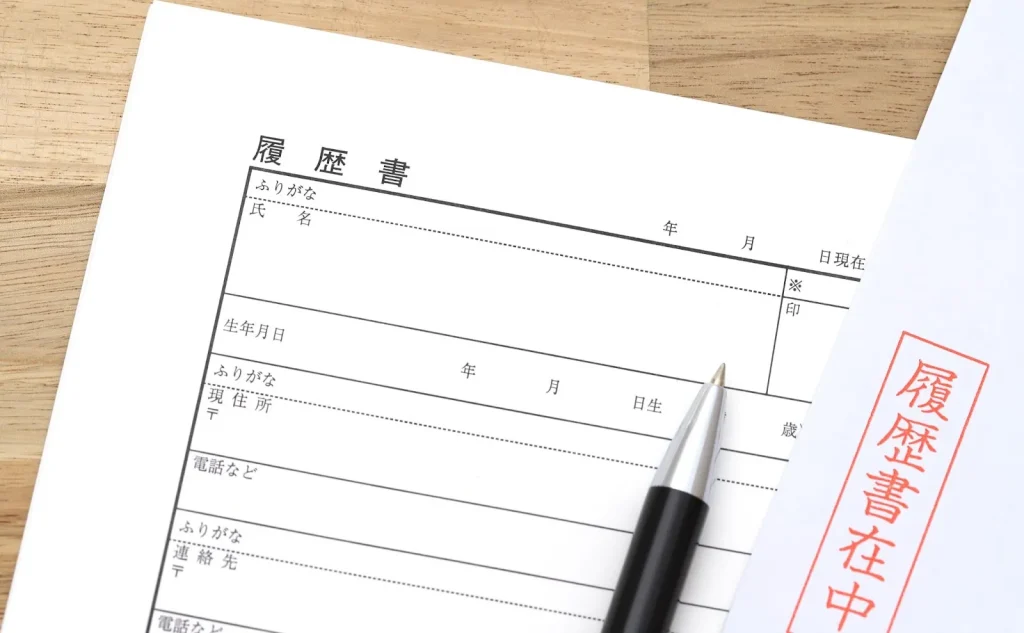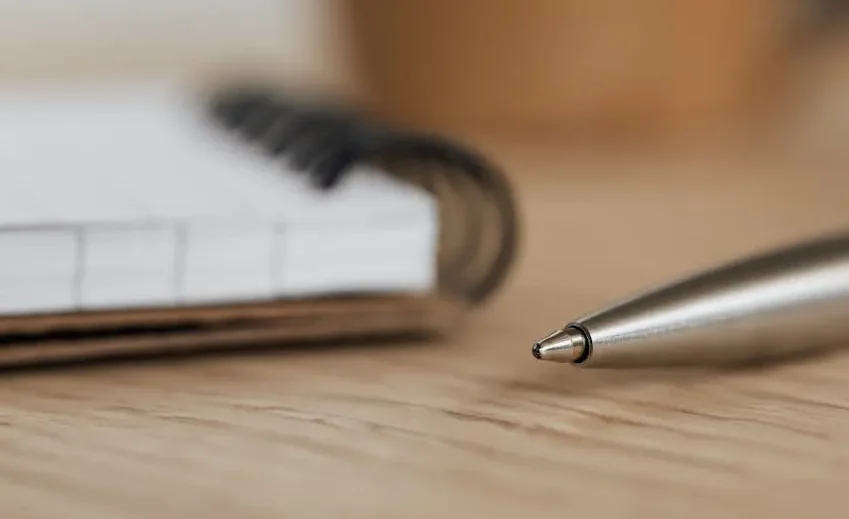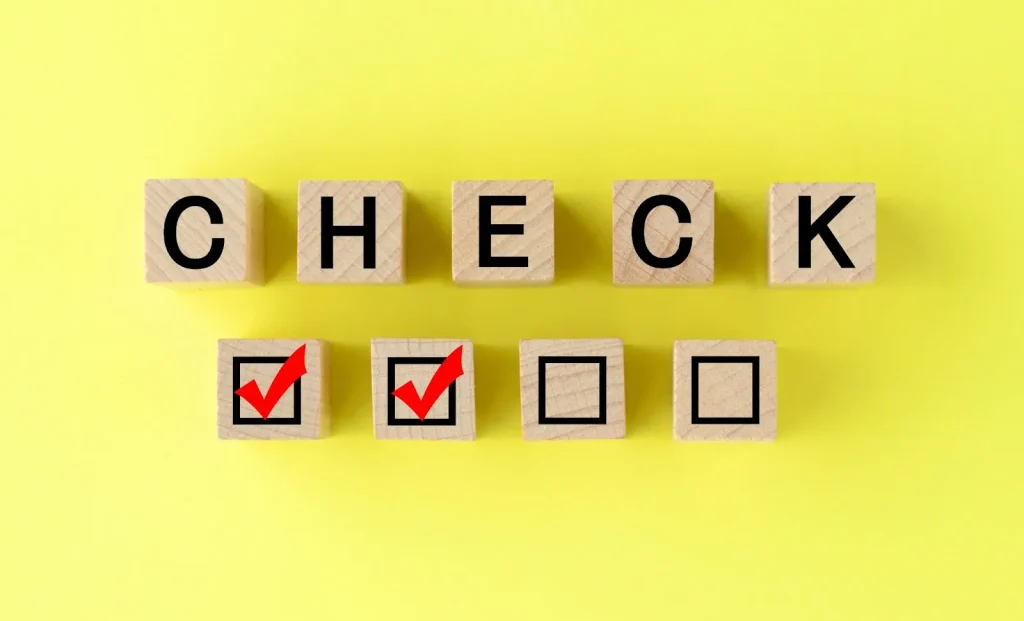How to write and obtain a Japanese resume for foreigners

For foreign nationals seeking employment or a new job in Japan, creating a resume is probably one of the biggest obstacles. Compared to other countries, Japanese resumes have many more items to fill out, and there are unique rules and manners. However, a resume is the first step in the job-hunting and career-changing process, and it is important to learn how to write it correctly in order to make a good impression on the hiring manager.
In this article, we will explain everything from basic resume writing in Japan to how to obtain a resume and what to keep in mind, in an easy-to-understand manner for non-Japanese. Understand the rules and etiquette of resumes unique to Japan, and create a resume that best showcases your experience and skills.
If you are a foreigner seeking employment or a new job in Japan, please use this article to complete your resume in an attractive manner. Seize the opportunity to demonstrate your abilities at a Japanese company.
▼Goandup Picks Click here for recommended articles!
- Required before studying abroad! Goandup Nihongo+, an online Japanese language learning service
- This page introduces services for foreigners who wish to study in Japan or improve their Japanese language skills to learn Japanese online.
- Goandup Salon" community for foreigners living in Japan
- We introduce an online community where foreigners living in Japan can exchange information and interact with each other to support their life in Japan.
- Goandup Study" supports foreigners who want to study in Japan.
- This section introduces study abroad support services that provide comprehensive support to foreigners who wish to study in Japan, from preparation for study abroad to living in Japan.
- Where can I buy a prepaid SIM in Japan? Recommended SIM cards for foreigners are also introduced.
- How to purchase a prepaid SIM and suitable SIM cards for foreigners.
- The Complete Guide to Pocket Wi-Fi in Japan for Foreigners!
- We introduce how to select and recommend pocket Wi-Fi products that can be used conveniently in Japan.
- The Complete Guide to Finding a Job in Japan! Finding a job, changing jobs, and part-time work for foreigners
- This site provides foreigners who want to work in Japan with comprehensive information on how to find a job, recommended job sites, and other information necessary to find a job.
Four ways to obtain a resume

There are four main ways to obtain a resume.
You can buy them at the store, download them from the Internet, or create them on your PC with Microsoft Word templates or online services.
1. purchase at a store
The most common way is through convenience stores, bookstores, and 100 yen stores.amazon,Rakuten MarketIt is also easily available on the Internet, such as
Unless otherwise specified by the company, we recommend that you buy a JIS (Japanese Industrial Standards) resume, which is a widely accepted format by many companies and has standardized fields to be filled out.
2. download
There are many free resume formats available for download on the Internet. Search for "resume download," "resume format," or "resume PDF" to download a variety of resumes.
As with the store-bought method, it is a good idea to download a JIS-standard resume unless otherwise specified. It is convenient because you can print it out at home, but note that the texture of the paper is different from that of a commercially available resume.
If you handwrite your resume, please download it in PDF format; if you create it on your computer, please download it in Word or Excel format.
3. use a template
Microsoft Word provides resume templates. Using a template is very convenient because it allows you to create a resume by simply filling in the fields as you go. However, some companies may not prefer template resumes, so you should follow the instructions of the company to which you are applying.
4. create online
Recently, an increasing number of services allow you to create your resume online. Some services allow you to create your resume using a smartphone, and you can print out your resume at a convenience store. When using online services, be sure to check their handling of personal information carefully.
It is important to choose the best way to obtain a resume for your situation.
If you are using a PC, please check the layout of the printed resume carefully before submitting it.
Six resume rules and etiquette

When writing a resume, you need to follow a few rules and etiquette. By following these, you will make a good impression on the hiring manager.
1. Never write a lie.
Lying on your resume should be avoided at all costs. If a lie is discovered, not only will you lose credibility, but you may also be subject to disciplinary action after being hired. It is important that you fill in your information truthfully.
2. Follow the company's instructions on whether to handwrite or create the document on a PC.
Whether you choose to handwrite your resume or prepare it on a PC follows the instructions of the company. Recently, it has become more common to create resumes by PC, but some companies still require handwritten resumes. If there are no specific instructions, there is no problem with using a PC. However, be careful to ensure that the layout and text are legible when printed.
3. If you make a mistake, rewrite it.
If there are mistakes on your resume, rewrite them on a new resume, rather than correcting them with correction fluid or correction tape. A résumé with correction marks on it gives the impression of dishonesty to the hiring manager.
4. No abbreviations
Fields on your resume should be written in their proper names and should not be abbreviated. It is especially important to use the official names of schools and companies in the education and work history sections.
For example, high school should be written by its official name, "〇高等学校" (00高等学校). Also, avoid writing "R" for "2021," "H" for "Heisei," and "90" for "1990.
5. Write with a black ink pen
If handwritten, use a ballpoint pen with black ink. Avoid pencils, erasable pens, and colored pens. Also, if you are creating the document on a PC, black font is generally used.
6. Do not reuse.
It is bad manners to use a resume that you have written once. You need to rewrite your motivation and personal PR appropriately for each company you apply to.
By following the above six rules and etiquette, you can create a resume that will impress the hiring manager. It is important to write your resume with a sincere attitude while paying attention to detailed rules.
Resume Writing

Now let's look at the specifics of how to write a resume. Each section of the resume has its own content that should be filled in.
1. Date
The date on your resume should be the date you are submitting it or the day before the date you are submitting it. The date should coincide with the date of the interview and the date of submission.
2. Name
For the first name, enter the full name as it appears in the family register. Leave a space of one character between the first and last name, and do not forget to write furigana.
3. Date of birth and age
The date of birth should be written in Western calendar year and the age should be as of the date the resume is submitted.
4. Photo
Photographs should be certified photos taken within the last three months. Photos in formal attire, such as a suit, and with a cheerful expression are preferred.
5. Current address, telephone number and e-mail address
Your current address should be detailed, starting with the prefecture, and do not omit the name of the building or any other information. Telephone numbers can be either home or cell phone numbers. E-mail address should be one that you check frequently.
6. Contact
If your contact information is the same as your current address, you may write "Same as above".
7. Educational and work experience
Educational background should be from high school graduation onward. Include the official name of the university or vocational school, the name of the department or faculty, and the date of admission and graduation.
Your employment history should be in chronological order, including any part-time or temporary work experience. Include the dates you joined and left the company, the name of the company, the name of the department, and the job title in detail.
[Example of description
| counter for years (following a number in the hito-futa-mi counting system) | month | Education, employment history, etc. (itemize and complete) |
| academic background | ||
| 2005 | 3 | (Name of country) 00 High School Graduate |
| 2005 | 4 | (Name of country) University of (name of country) Faculty of (name of department) Enrollment |
| 2009 | 3 | (Graduated from (country) University, Faculty of (university), Department of (university), Department of (university), Department of (university) |
| work experience | ||
| 2009 | 4 | Joined 00 Corporation |
| Tokyo Branch Office, Insurance Business Department, Sales | ||
| 2015 | 6 | Resigned for personal reasons |
| ... and upwards |
If the education and employment history sections are combined, write in the order of education, then employment history.
Education should generally be listed before one of the last schools attended. Do not abbreviate the name of the school, but write the full name of the school, including the department and major.
For your information, the last educational background is not the last school you graduated from, but the "highest educational level". For example, if you graduated from a university in your home country after graduating from high school, and then enrolled in and graduated from a vocational school in Japan after coming to Japan, your last educational background would be "university. Therefore, the educational background to be entered in the resume should start with the educational background prior to the university.
If you have dropped out of school, enter "dropped out"; if you are still in school, enter "expected to graduate".
In the employment history section, open one line from the end of the education section, write "Employment History" in the center, and start the employment history on the next line.
The reason for resigning should be stated as follows
- If for personal reasons, "Resignation for personal reasons."
- In the case of termination of employment or other company reasons, "Resignation for Company Reasons".
- If the date of retirement is fixed, "Planned Retirement".
- If employed, "to date."
At the end, right-justify and write "That is all".
If you have changed jobs so often that you cannot write down all of your work history, please fill in some of it on your resume, write "For more details, please fill in your work history" and attach your work history.
8. Licenses and Qualifications
If you have any licenses or certifications obtained, write the official name and the date obtained. If not, write "none.
9. Reasons for applying
The motivation for applying should include your enthusiasm for the company to which you are applying and specifics about how your experience and skills can contribute to the company.
However, for resumes submitted to recruitment agents, the motivation for applying can be left blank.
10. Hobbies and special skills
Hobbies and special skills should be listed that appeal to you.
It is recommended that you do not write "nothing in particular" because it may be a topic of discussion at the interview, but rather write what you like and what you are good at, and if you have any language skills, such as Japanese, write them down.
11. Personal preference column
It is common practice to write "I will follow your company's regulations" in the "I wish to" field.
12. Commuting time
For commuting time, enter the time required from your home to your place of work. If there is a column for the nearest station, please enter the "nearest station from home".
13. Dependents/spouse
Indicate whether you have dependents or a spouse. Dependents are family members you support, excluding your spouse. For example, if you have two children in addition to your spouse, your dependents would be "two".
These are the main items on a resume and how to write them. It is important to fill in each item in detail and honestly.
3 points for a resume that makes people want to meet you.

A resume is an important document that makes a first impression on an applicant. To create a resume that makes the hiring manager think, "I want to meet this person," keep the following three points in mind.
1. Careful and easy-to-read resume
It is important that your resume be carefully written and free of typographical errors. If handwritten, write the text carefully. If created on a PC, adjust the font size and line spacing to make it easier to read. Also, make sure that the layout is consistent throughout.
2. Photo
Your resume photo is the first thing a hiring manager will see. Choose a photo of yourself in formal attire, such as a suit, with a haircut appropriate for a working adult, and with a cheerful expression. It is preferable to use a photo taken at a photo studio, but a speed photo will also work as long as it is clean.
3. Write politely even if your Japanese is not good.
For non-native speakers of Japanese, writing a resume can be a daunting task. However, the effort to write carefully and diligently will be conveyed to the hiring manager. Even if your Japanese is not perfect, it is important to write with sincerity. If you are not confident in your Japanese, you may want to ask a trusted Japanese friend or teacher to correct your writing.
final check

Did you write your resume well?
Before submitting your resume, check for omissions and errors.
□ Did you write with an indelible ballpoint pen with black ink?
Are there any areas that are not listed?
□ Are there any typographical errors?
Are the names prefixed with furigana?
Are the year codes unified?
□ Is the photo securely attached?
□ Do you write "above" at the end of your education and employment history?
Serious employment support to help you realize your dream of working in Japan!

Do you want to work in Japan?
Let us "Goandup" make that dream a reality!
【 Program Features 】
✅ JLPT N3 level Japanese language acquisition
✅ Thorough preparation for the specific skills test
✅ Full support for job hunting in Japan
Business-focused one-on-one lessons will help you find a job in Japan in the shortest possible time.
【 Program Menu 】
- Individual Japanese language lessons
- Intensive curriculum to obtain N3, especially specialized lessons for business Japanese that can be used at work.
- Intensive curriculum to obtain N3, especially specialized lessons for business Japanese that can be used at work.
- Preparation for the Specific Skills Test
- Customized materials for specific skill tests will be used to focus on frequently asked questions and learning to pass the test.
- Customized materials for specific skill tests will be used to focus on frequently asked questions and learning to pass the test.
- Resume and CV support
- To create resumes and CVs tailored to Japanese corporate culture, and to brush up on self-promotion and motivation for application.
- To create resumes and CVs tailored to Japanese corporate culture, and to brush up on self-promotion and motivation for application.
- Interview Preparation
- Guidance on areas for improvement through mock interviews and feedback based on corporate interview scenarios. Learn interview etiquette and behavior unique to Japan.
- Guidance on areas for improvement through mock interviews and feedback based on corporate interview scenarios. Learn interview etiquette and behavior unique to Japan.
- career consulting
- Provide introductions to companies that match the participant's career goals, select companies to apply to, and provide advice on the level of knowledge required by the companies to which the participant is applying.
- Provide introductions to companies that match the participant's career goals, select companies to apply to, and provide advice on the level of knowledge required by the companies to which the participant is applying.
- Chat Support
- In addition to one-on-one individual lessons, we also accept casual questions via DM (visa application, living support, assistance in finding a room, etc.).
If you are serious about your career in Japan, join us now!
▶︎ for more informationclick here.
We will do our best to support your success in Japan!
summary
Your resume is an important document in your job search. It is important to follow the format specified by the company and general rules and etiquette. In addition, in order to make a good impression on the hiring manager, make sure that your resume is polite and easy to read.
The content of your resume will have a significant impact on your selection for employment in Japan. Please take the time to complete your resume so that you can showcase your experience and skills to the best of your ability. By researching the company you are applying to in detail and writing a specific motivation for applying and personal PR, you will be able to convey your enthusiasm to the hiring manager.
Writing a resume is a daunting task, but it is also a good opportunity to face yourself. Please reflect on your past experiences, reconfirm your strengths, and write your resume with sincerity. Your efforts will surely bear fruit.
Your support will help us!
Thank you for visiting Goandup Picks. Our mission is to provide you with more useful information to show the world what Japan has to offer.
Your support will help us to further enhance our activities, so please support us!






